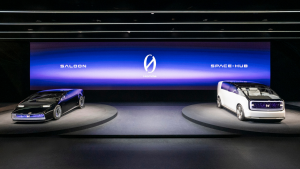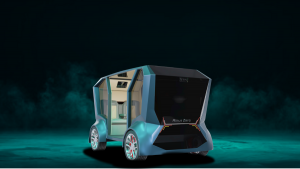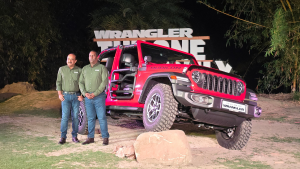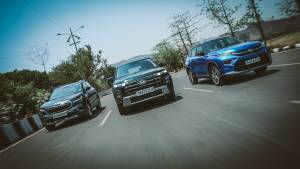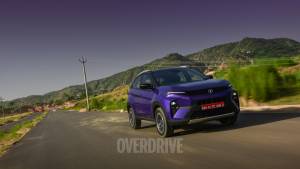Nvidia unveils Drive CX and Drive PX automotive-grade in-car computers
If you've spent a good deal of your childhood playing computer games, then the name Nvidia would definitely ring a bell. Well, looks like the computer graphics hardware brand is likely to extend its expertise to cars as well. At the on-going 2015 Consumer Electronics Show (CES), Nvidia unveiled two in-car computer system platforms - the Drive CX and the Drive PX.
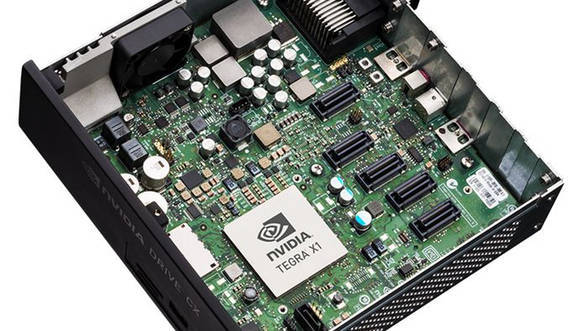 The Drive CX and Drive PX platforms take extensive advantage of Nvidia's Tegra K1 and Tegra X1 chips
The Drive CX and Drive PX platforms take extensive advantage of Nvidia's Tegra K1 and Tegra X1 chips
The Drive CX is a computer designed for a car cockpit and is expected to power next generation infotainment systems. With the in-car systems now packing more than just audio/video entertainment and sat-nav, Nvidia wants to tap in on the need for more processing power that is required to cope up with the new range of assistance systems and creature comforts. The Drive CX is powered by Nvidia's Maxwell architecture and is compatible with all the popular OSes used in today's infotainment systems (Android, QNX, Linux etc).
The Drive CX is capable of delivering 16.8 million pixels across multiple screens and Nvidia claims that this makes it ten times more powerful than the current range of computers powering today's infotainment interfaces. With this sort of power, the Drive CX promises distortion-free rendering for the 360-degree/bird-eye view camera systems as well and can also enable the replacement of rear-view mirrors with camera-enabled smart displays. During its presentation at the CES, Nvidia also showcased how the Drive CX computer can render funky instrument clusters that can be re-skinned to suit the user's taste (Need For Speed: Underground 2 anyone?).
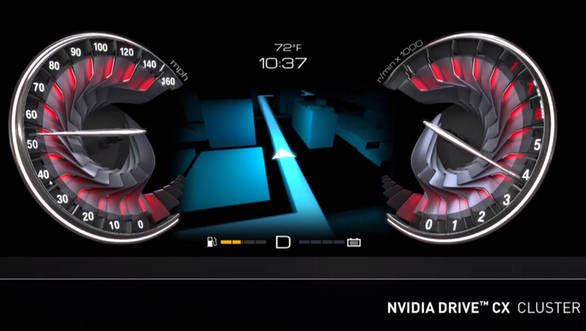 The Drive CX computer can render funky instrument clusters that can be re-skinned
The Drive CX computer can render funky instrument clusters that can be re-skinned
The Drive PX on the other hand is a supercomputer for the robotised self-driving cars. Since most sensors on these cars are essentially cameras that help the car see and learn, the Drive PX supports inputs from up to 12 high-resolution cameras and process 1.3 gigapixels per second. With such processing capability, the Drive PX can help the car pick up subtle details - like telling an ambulance from a delivery van or a parked vehicle from one that is about to move and rejoin the traffic. The Drive PX is also capable of enabling the car with the much talked about auto-valet feature that lets the car autonomously look for a parking space and park itself without the need of a human in the car. In fact, Audi seems to have tied up with Nvidia already for such a system.
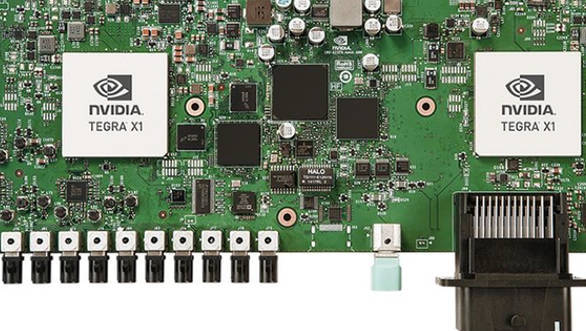 The Drive PX supports inputs from up to 12 high-resolution cameras and process 1.3 gigapixels per second
The Drive PX supports inputs from up to 12 high-resolution cameras and process 1.3 gigapixels per second
Ricky Hudi, executive vice president of Electrical/Electronics Development at AUDI AG, said, "Audi and NVIDIA share a common belief that machine learning is a powerful enhancement to our zFAS Piloted Driving technology. Thus, Audi sees DRIVE PX as a crucial tool for further research and development."
Nvidia says that the Drive CX and Drive PX systems take extensive advantage of the Tegra K1 and Tegra X1 processors and the platforms include a range of software modules required for in-car computing and auto-pilot capabilities. Both, the Drive CX and Drive PX platforms are expected to be available to carmakers from the second quarter of 2015 - so we expect them to start making headway into production cars from as early as 2016. We are rooting to see how the Drive CX platform gets absorbed into the tuner-culture of the future.
